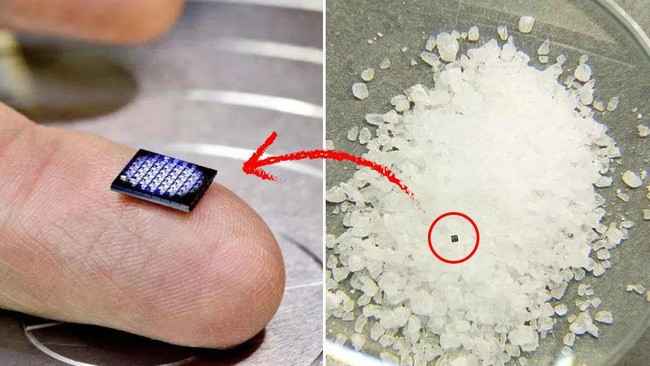
Researchers shrink camera to the size of a salt grain
Researchers have invented an ultracompact camera the size of a coarse grain of salt. The new system can produce crisp, full-colour images on par with a conventional compound camera lens 500,000 times larger in volume.
The system could enable minimally invasive endoscopy with medical robots to diagnose and treat diseases, and improve imaging for other robots with size and weight constraints. Arrays of thousands of such cameras could be used for full-scene sensing, turning surfaces into cameras.
The new optical system relies on a technology called a meta-surface, which can be produced much like a computer chip. Just half a millimetre wide, the meta-surface is studded with 1.6 million cylindrical posts, each roughly the size of the human immunodeficiency virus.
With the help of machine learning-based algorithms, the posts' interactions with light combine to produce the highest-quality images and widest field of view for a full-colour meta-surface camera developed to date.
A key innovation in the camera's creation was the integrated design of the optical surface and the signal processing algorithms that produce the image. This boosted the camera's performance in natural light conditions.
Micro-sized cameras have great potential to spot problems in the human body and enable sensing for super-small robots, but past approaches captured fuzzy, distorted images with limited fields of view.
 English
English Arabic
Arabic


